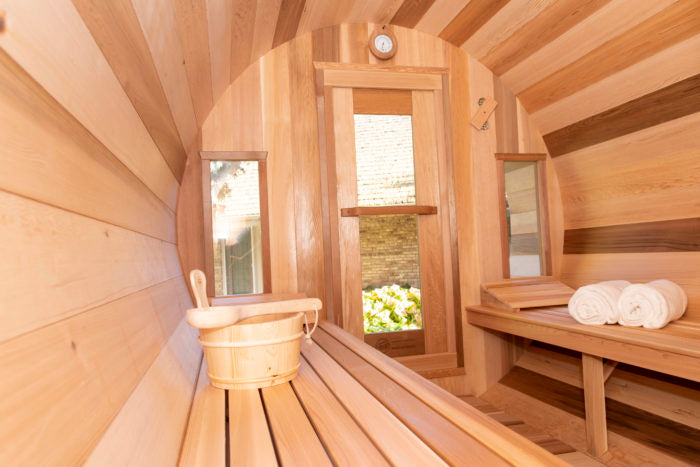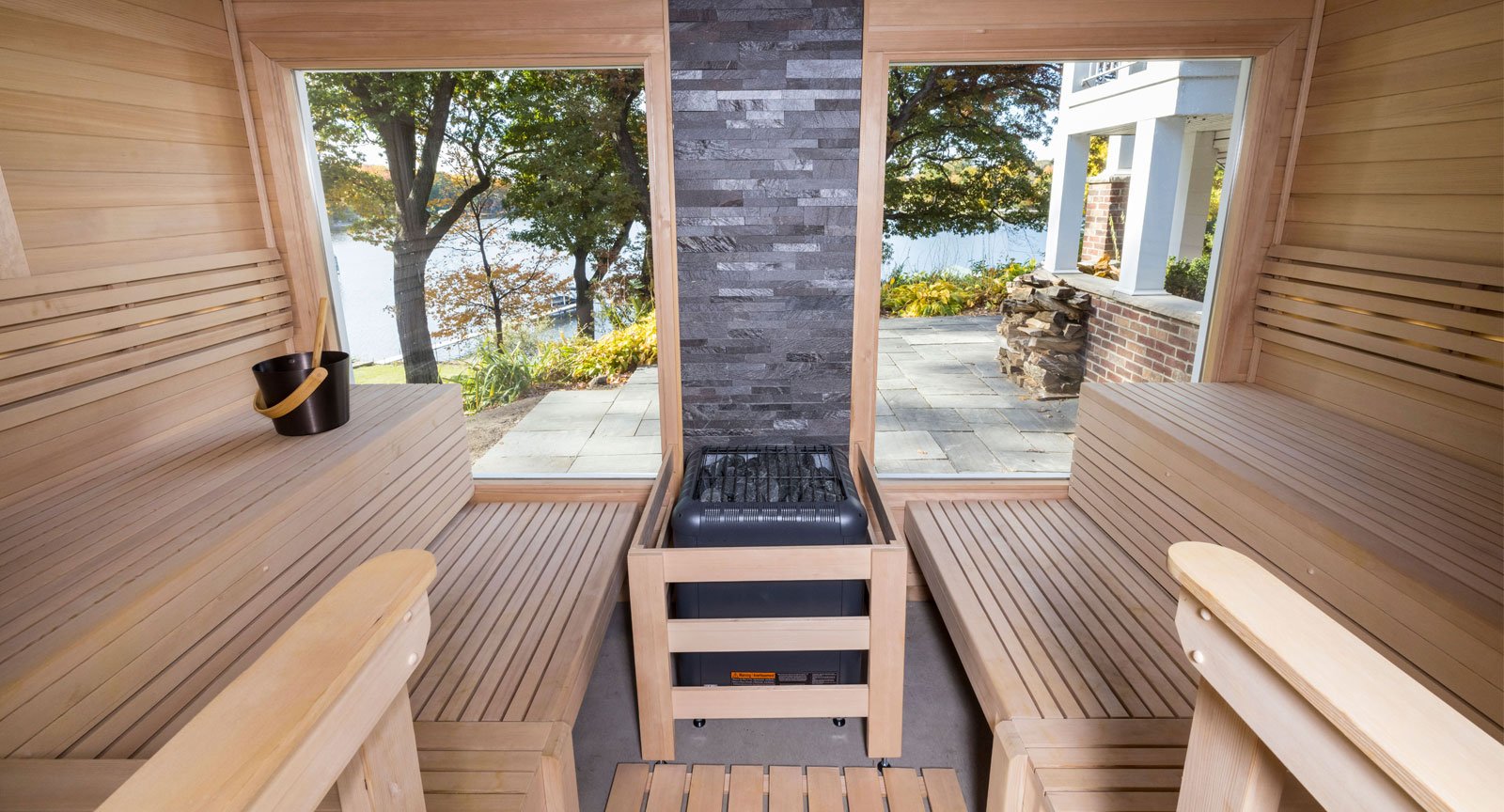5 Simple Techniques For Traditional Sauna
Some Known Factual Statements About Traditional Sauna
Table of ContentsTraditional Sauna Fundamentals ExplainedHow Traditional Sauna can Save You Time, Stress, and Money.More About Traditional SaunaThe Traditional Sauna IdeasTraditional Sauna - Questions
The majority of the weight lost in a sauna is water loss and is re-gained upon rehydrating. Without an uncertainty sauna can be a crucial part of a healthy weight loss program. To check out the distinctions in between conventional and IR saunas, I will separate these into verifiable, theoretical, and produced distinctions.Hence, the hottest factor in the saunawhich is at the ceiling straight over the sauna heateris normally between 185 and 190 F. Claims that a traditional sauna exceeds 200 F is simply not true and not appropriate for electrical saunas sold in the US. The temperature level for a far-infrared sauna is typically set between 120 and 140 F; nonetheless, unlike the conventional sauna, the objective in and IR room is not to attain a heat.
Due to this, the temperature level difference is practically irrelevant, considering that profuse sweating causes both sauna types, but the technique of heating up the body is different. In an IR sauna the bather will really feel hot and will sweat profusely, yet at much lower temperature levels (Traditional Sauna). Thus, if the goal is to spend longer amount of times in the sauna, the IR sauna is a great choice
When a conventional sauna has been appropriately heated up, the sauna walls are cozy, the air temperature has actually accomplished established temperature and the rocks are super warmed. As an intriguing side note, the heated walls and the rocks are releasing far-infrared heat, incorporated with the warmed air, to develop an "enveloping warmth".
Fascination About Traditional Sauna

When the heat is achieved, the components cycle on and off to keep the heat. Most traditional sauna users delight in pouring water over the rocks to produce vapor to raise sauna moisture degrees. The advantages of pouring water over the rocks include: making the space more comfortable, moistening the nasal flows, and permitting the usage of aromatherapy by mixing vital oils with the water.

When the power enters the body, it triggers the body temperature to boost and ultimately results in sweat. In an infrared sauna it's essential for the emitters/heaters to continue to be on virtually frequently. Considering that there is no mass of rocks to preserve warm, the sauna will certainly cool down if the emitters shut off.
As discussed above, the sauna bather in an infrared area wants view it now to place himself before running emitters to obtain maximum take advantage of the heat. The heating time for both spaces can be really different, relying on exactly how the rooms are made use of. For a traditional sauna, a bather needs to enable 30-40 minutes for the area to accomplish a desired temperature and to appropriately pre-heat the rocks.
The 8-Minute Rule for Traditional Sauna
A well built sauna have a peek at these guys will normally accomplish a temperature of 150-160 F in concerning 30-40 mins. For hotter temperature levels, the space might need to warmth for a longer duration.

Standard saunas tend to be larger (for this reason use more electricity) than infrared saunas, although traditional saunas are absolutely available in one and 2 individual sizes. For a two-person traditional sauna, 5x6 or 5x7 size is most preferred. The leading bench can conveniently seat 2 or three individuals and is additionally enough time to lie down during the sauna session.
Excitement About Traditional Sauna
The typical expense per kWH of power in the U.S. is roughly $0.11, so a 4.5 kW heating system will set you back about $.50 to compete one hour, if the heater runs continually for one hour. Commonly a sauna heating unit will compete 75% of the initial hour and 50% of succeeding hours on since the aspects cycle once the established temperature level is achieved.

There is a seldom discussed difference in the social experience between the two areas. While our society has actually shed a few of the social benefit of the standard sauna experience, it can be extremely socially satisfying (Traditional Sauna). From household time in the sauna, to heart-felt conversations with considerable others, to sauna partiesthe typical sauna experience can cause intimate socializing
The 25-Second Trick For Traditional Sauna
A lot of higher end infrared spaces include tinted light treatment, noise systems and full-glass fronts.